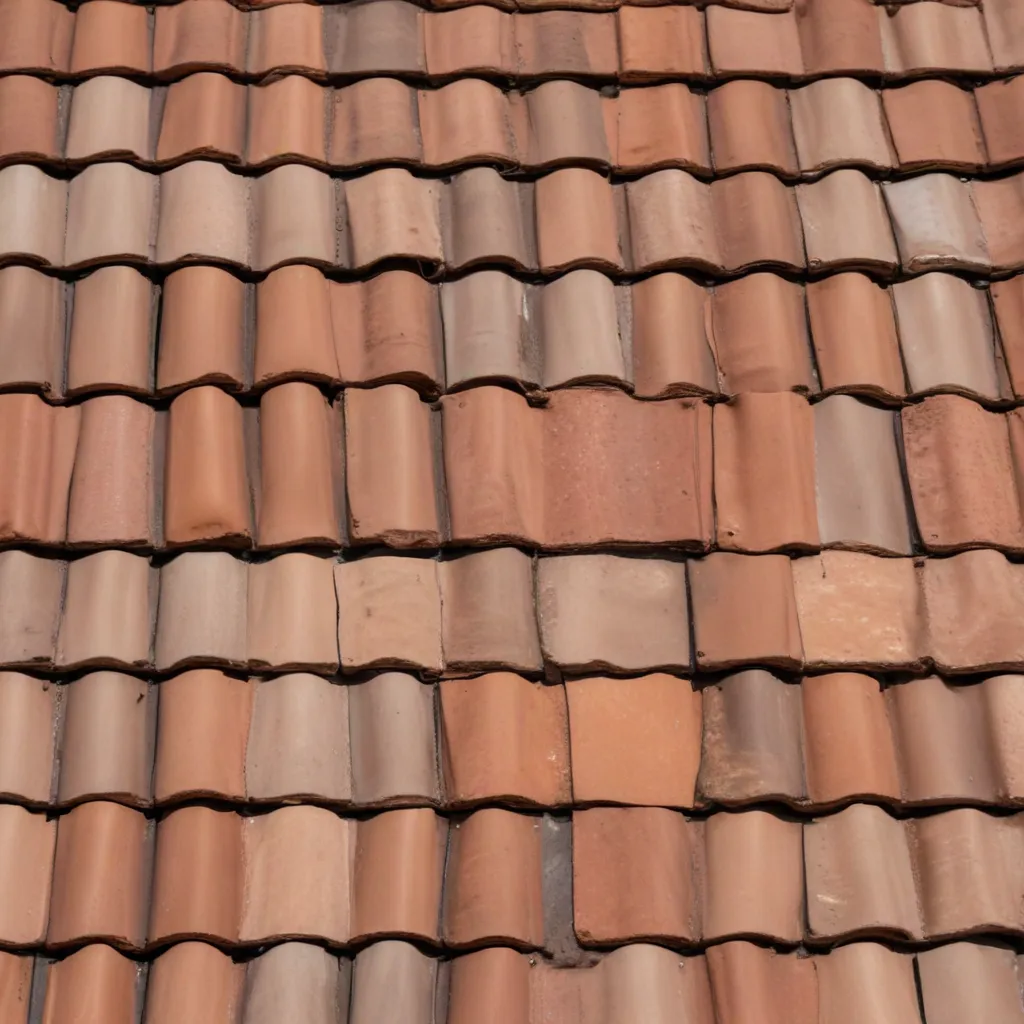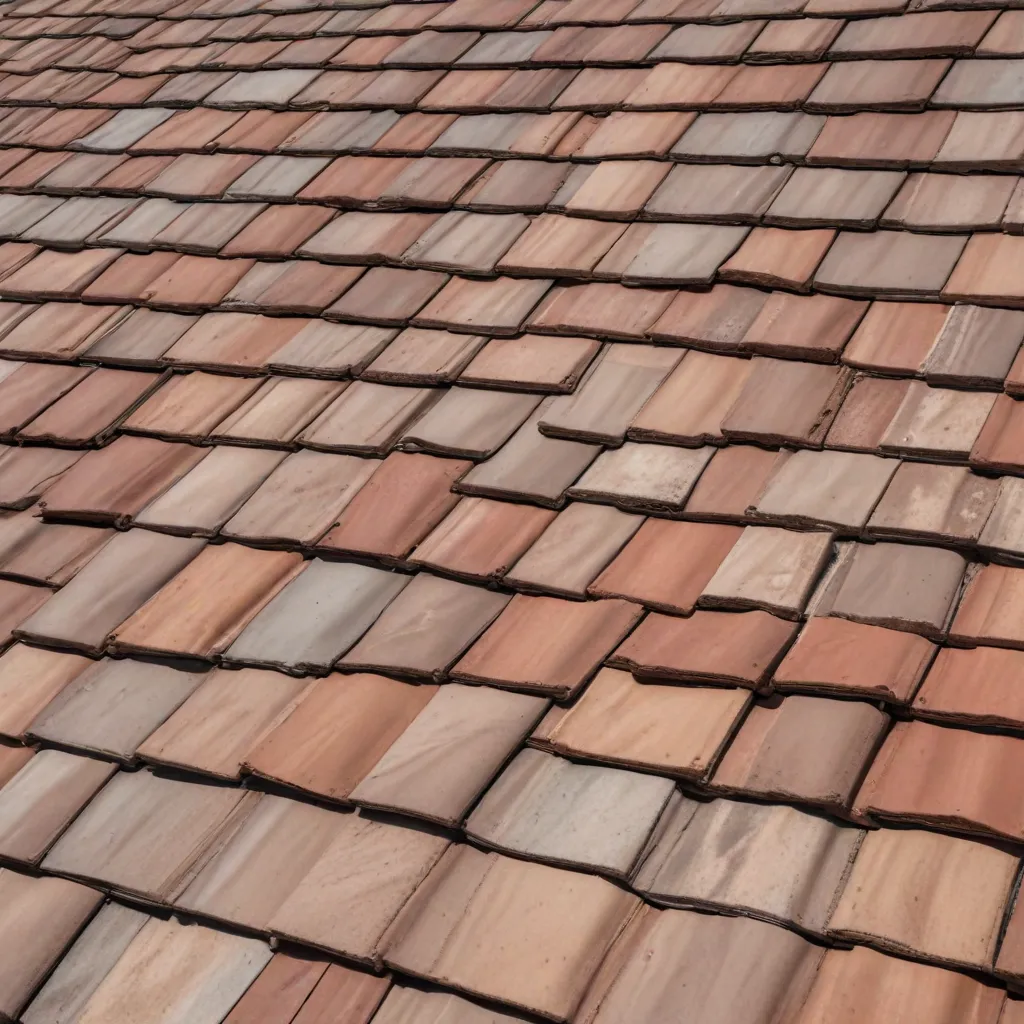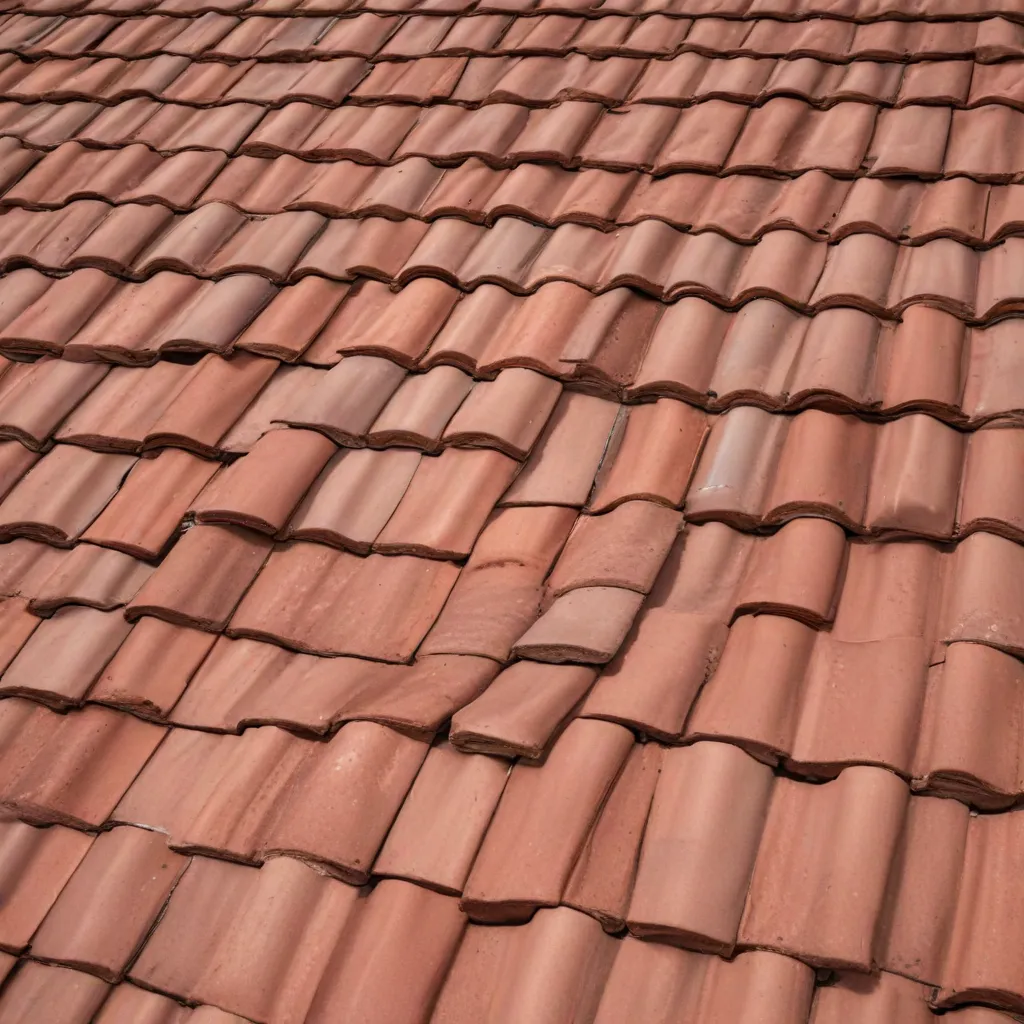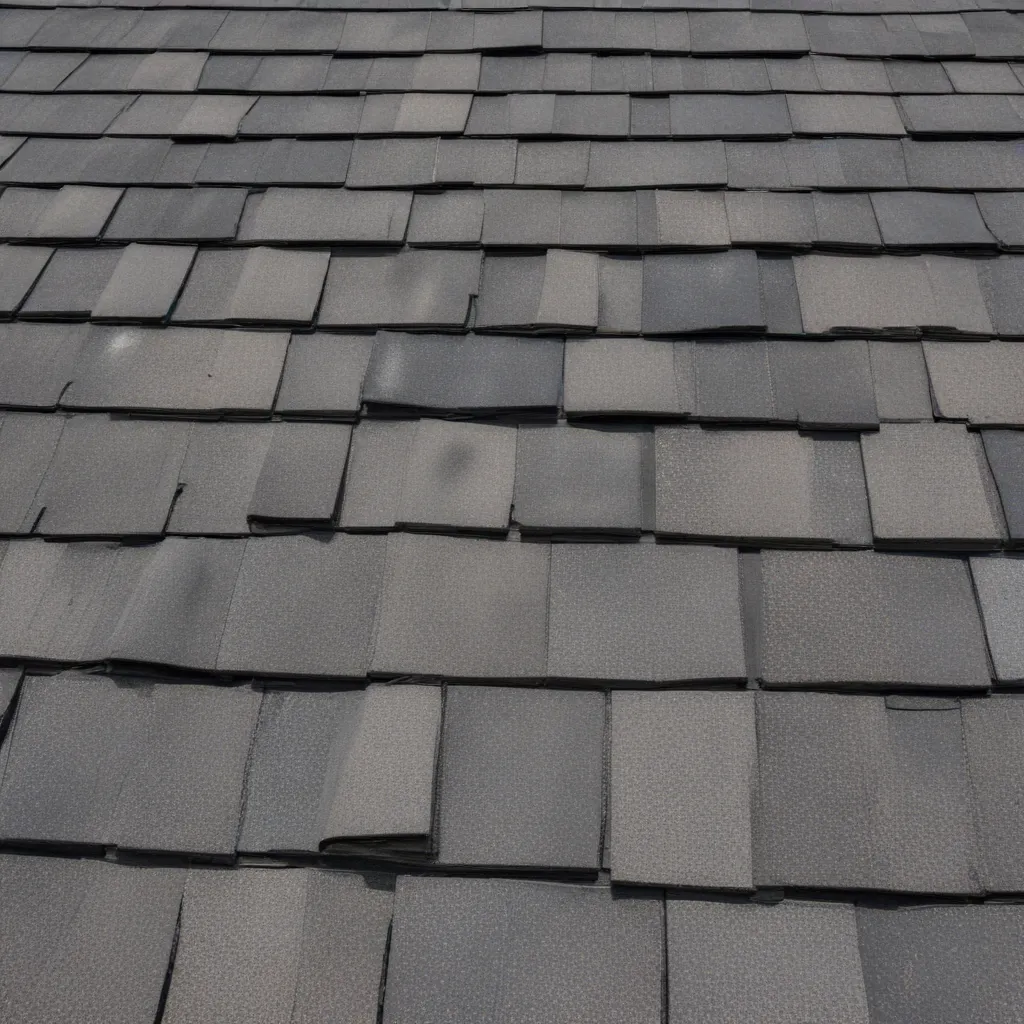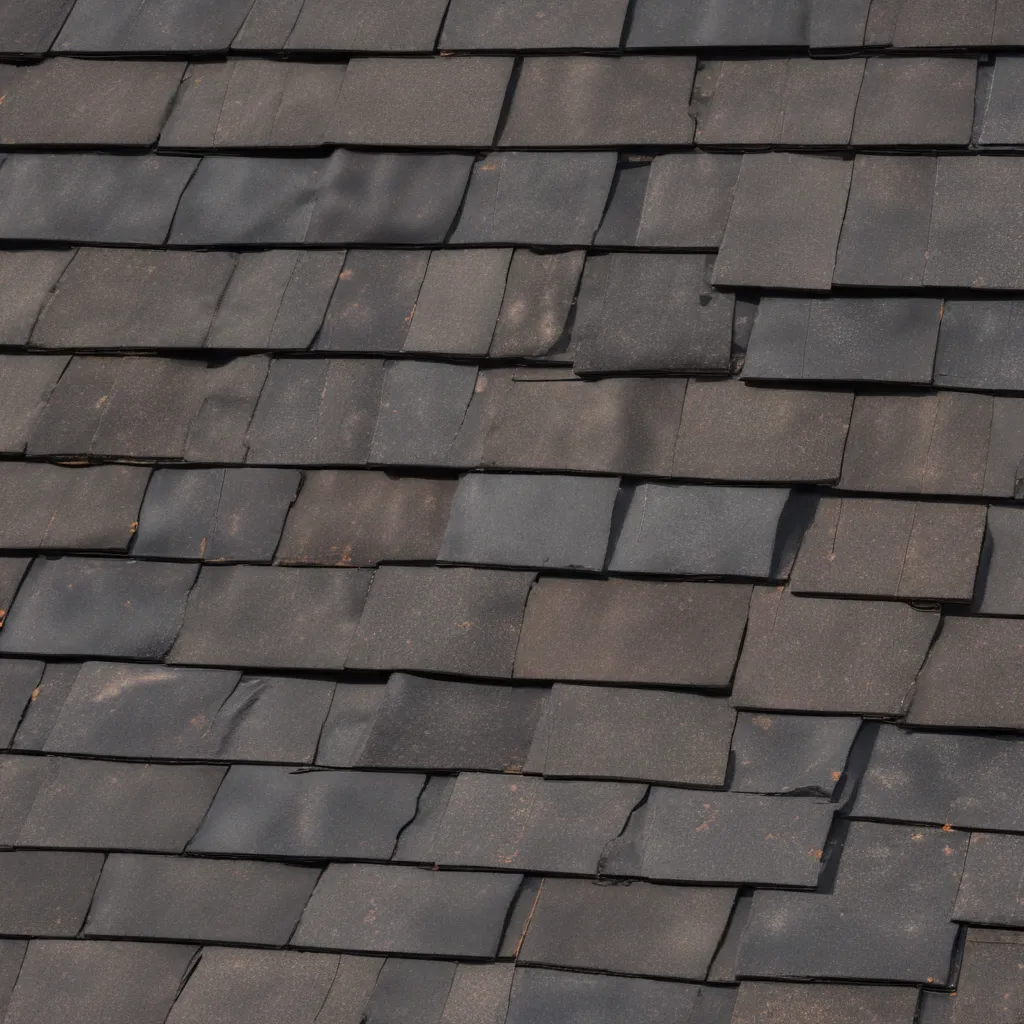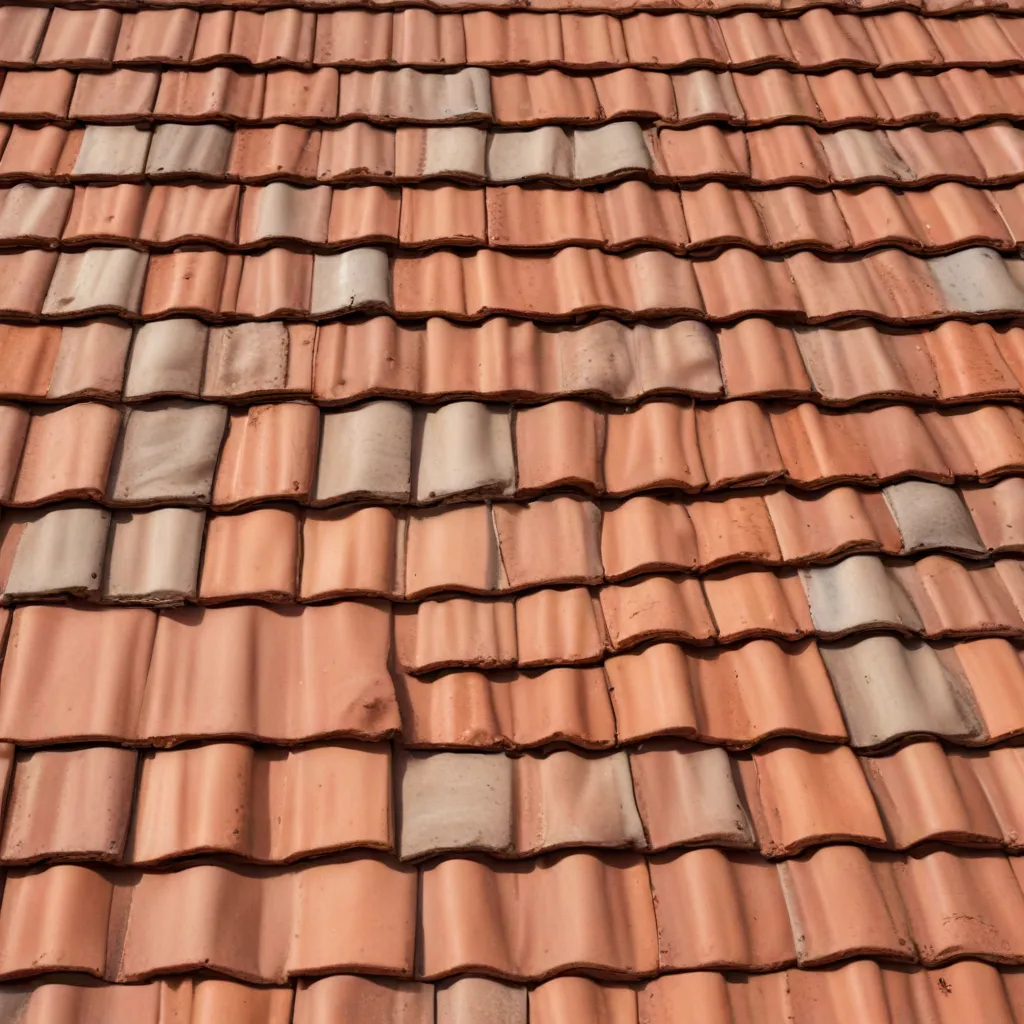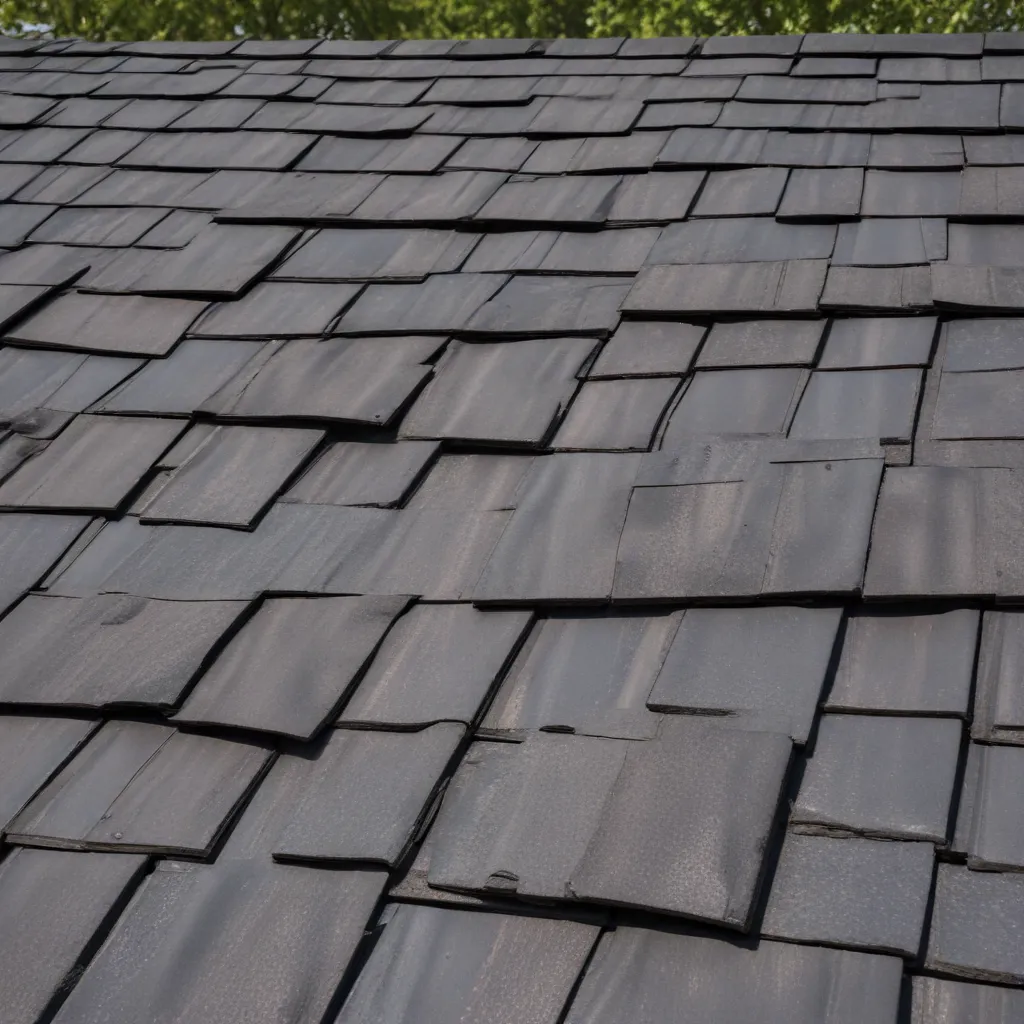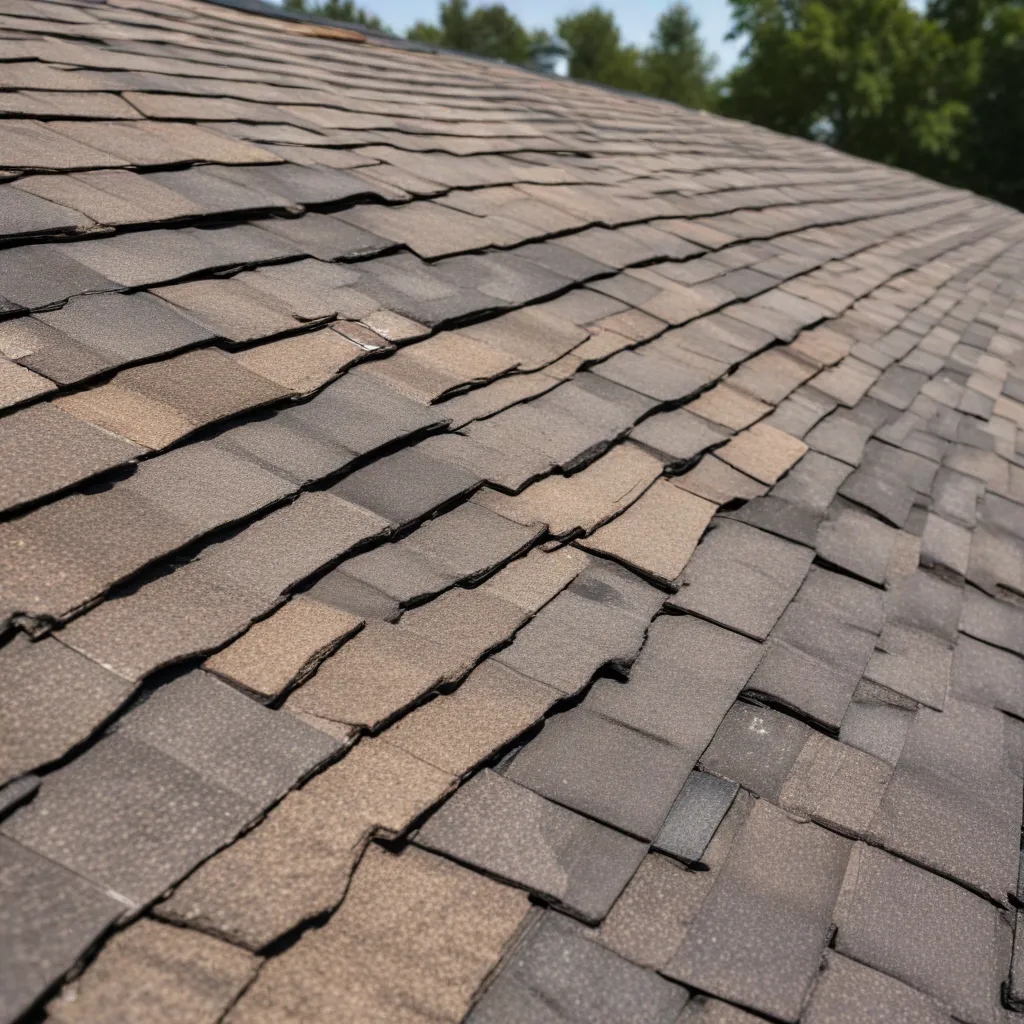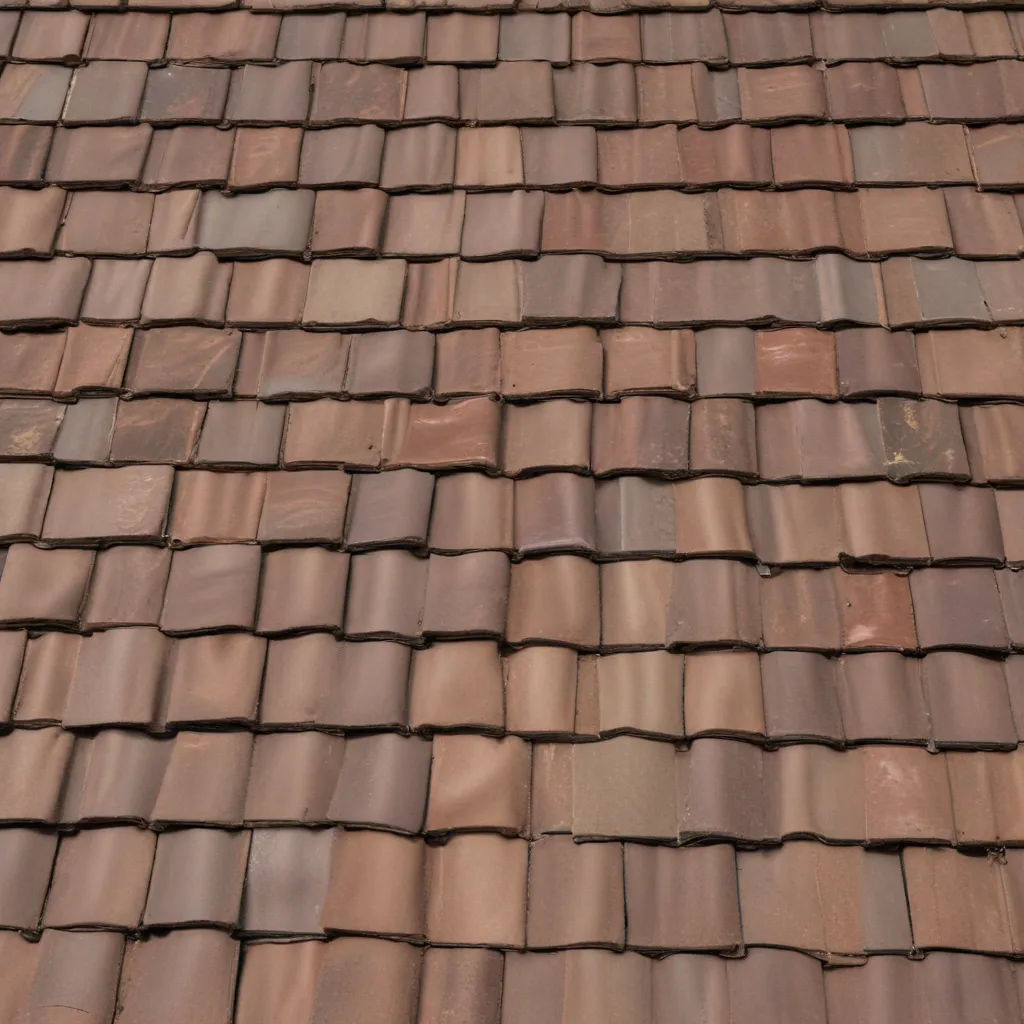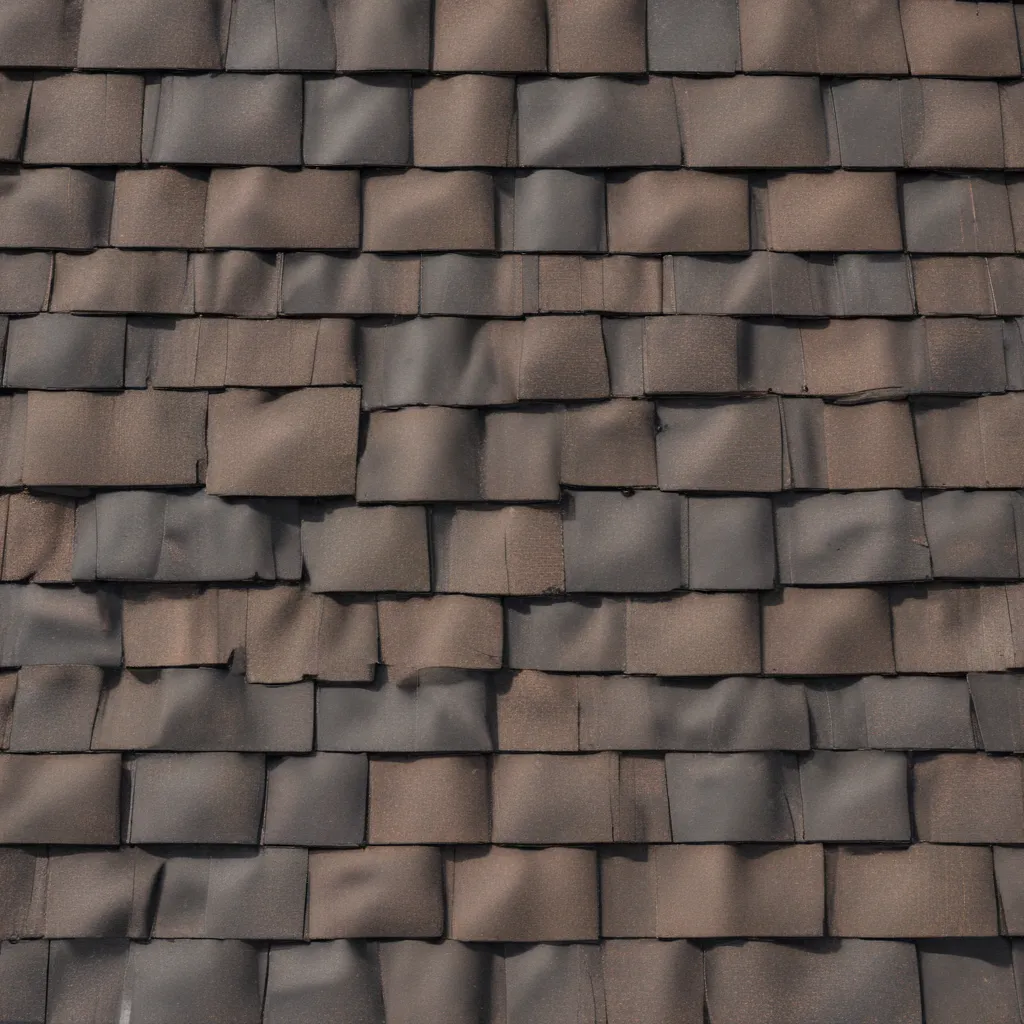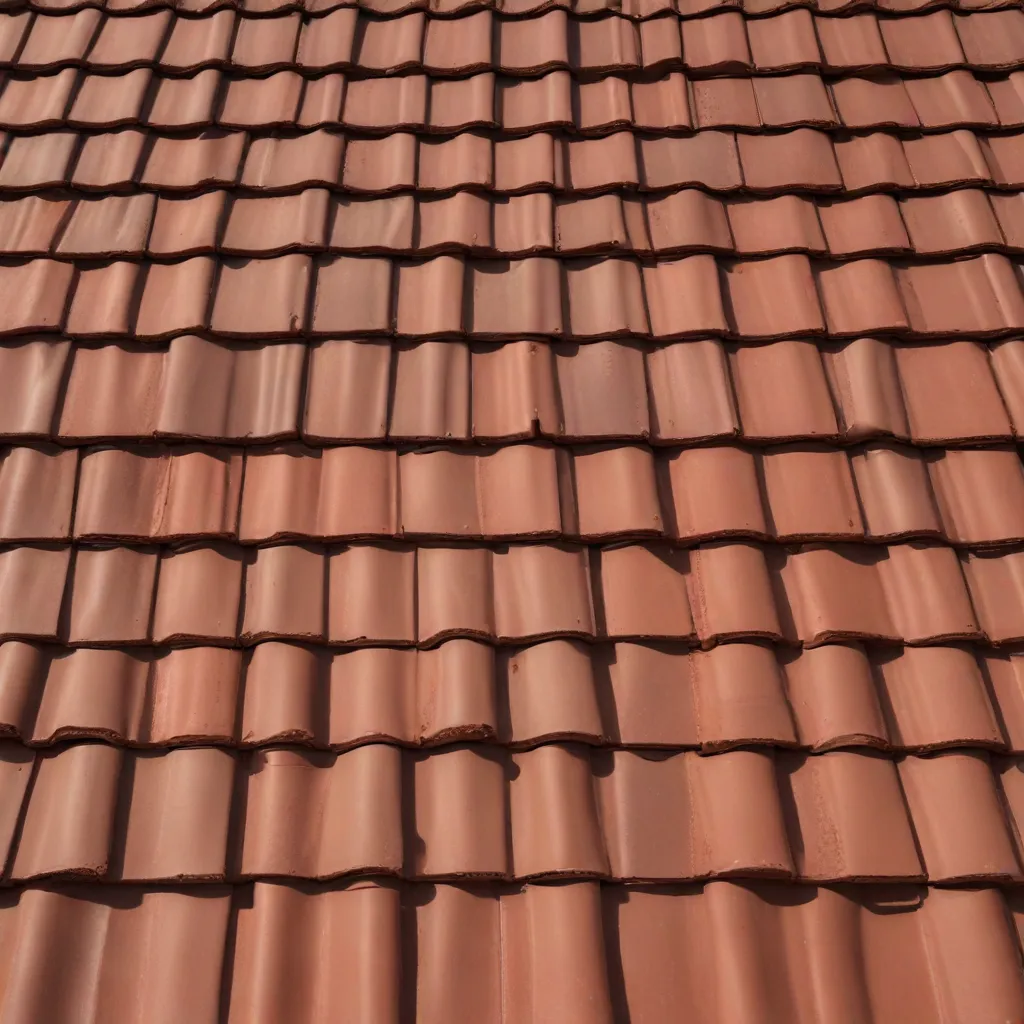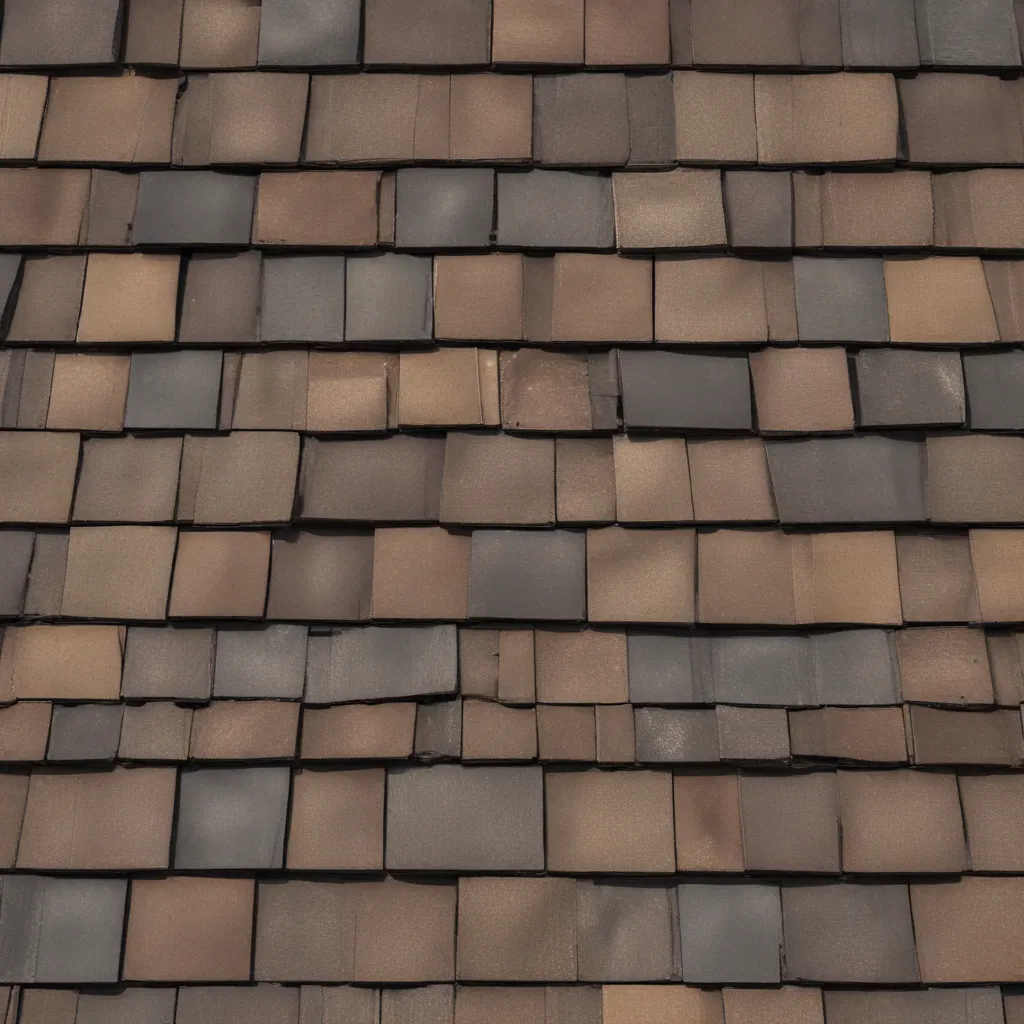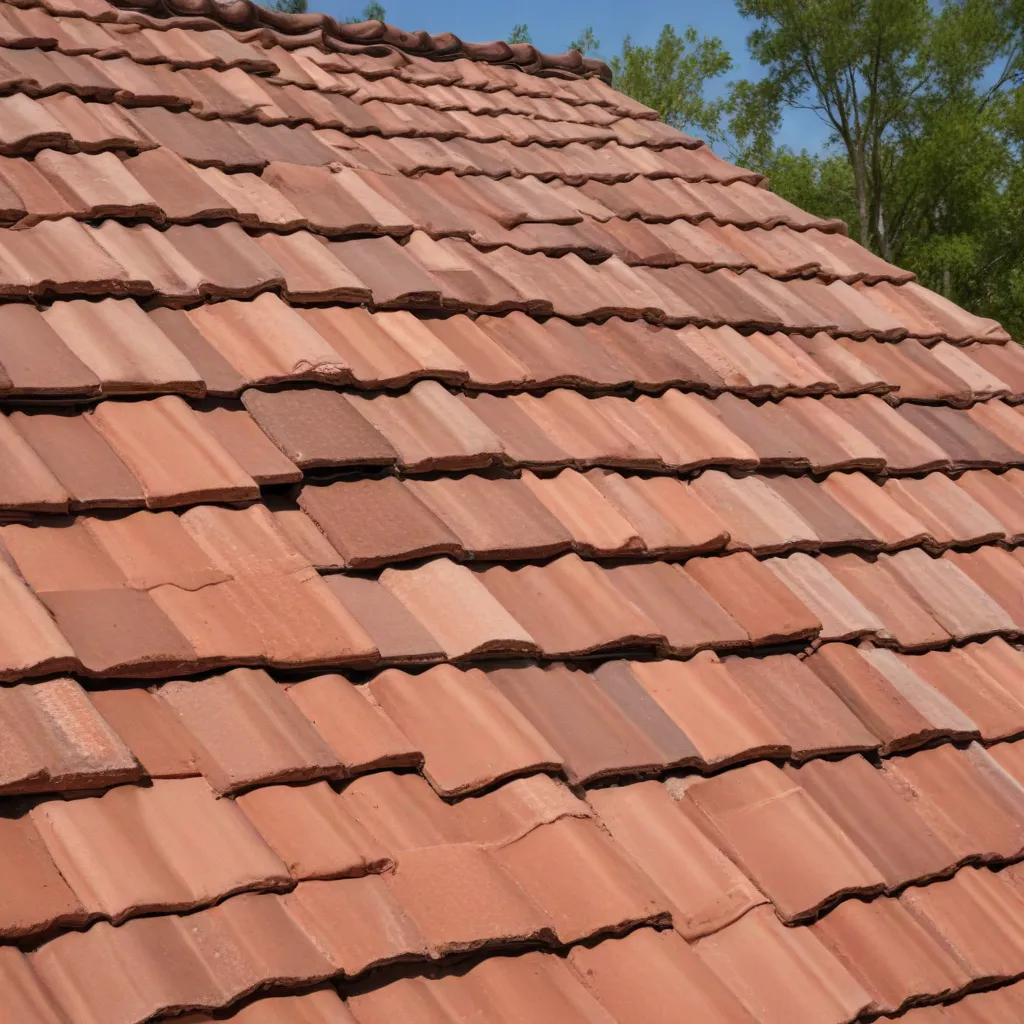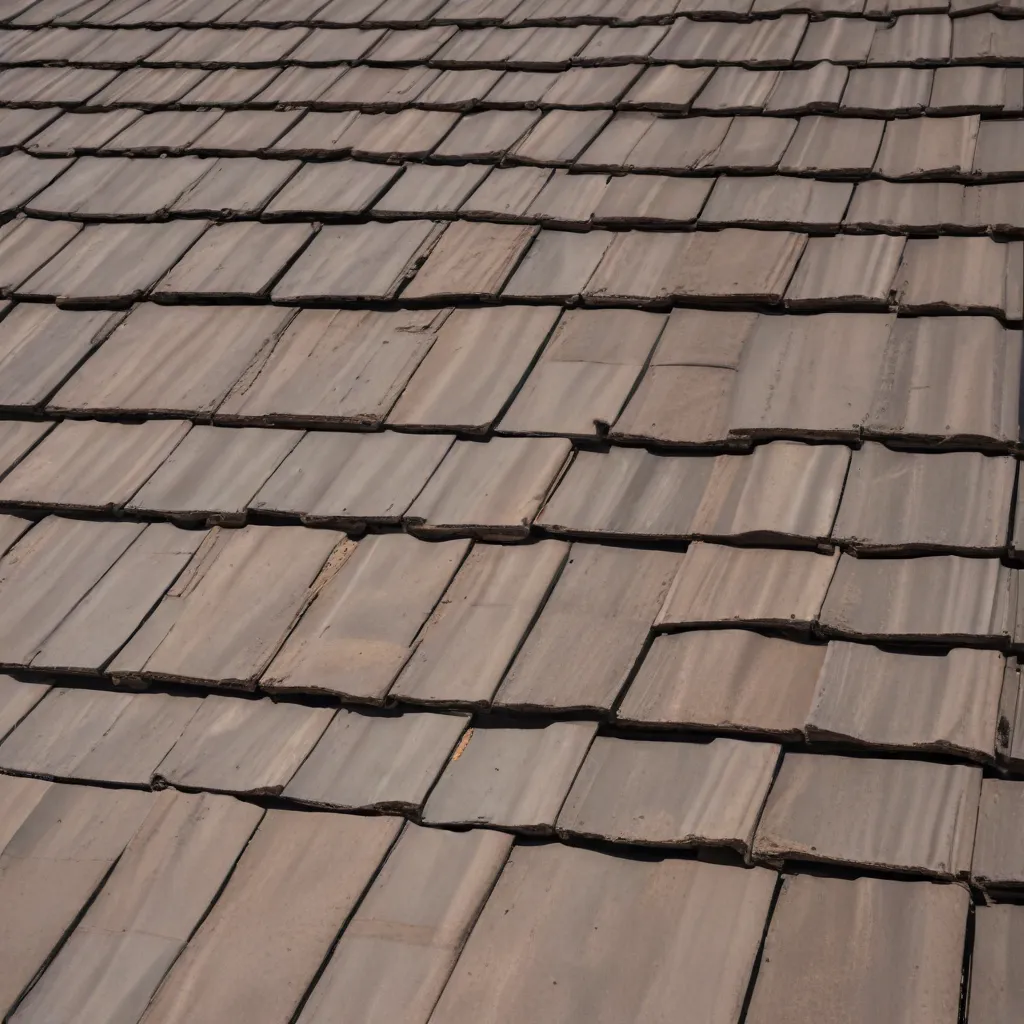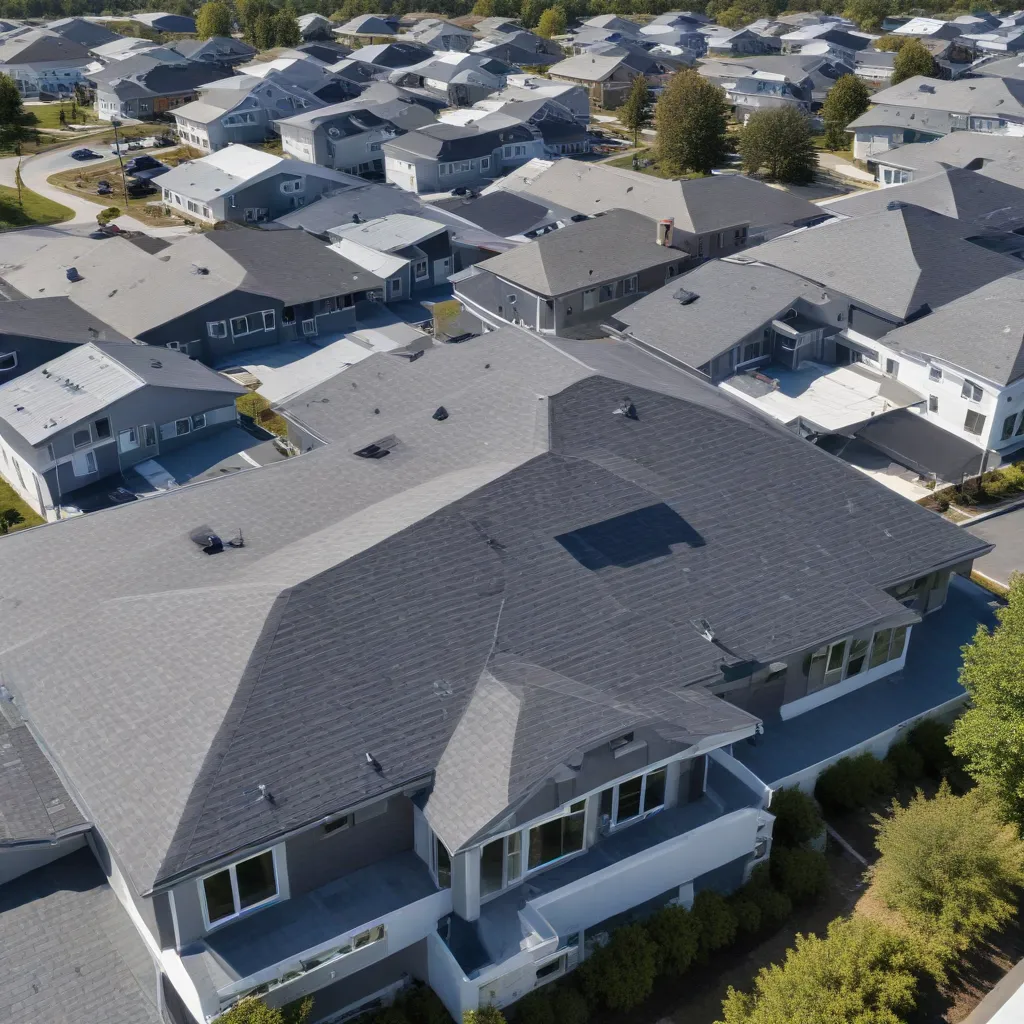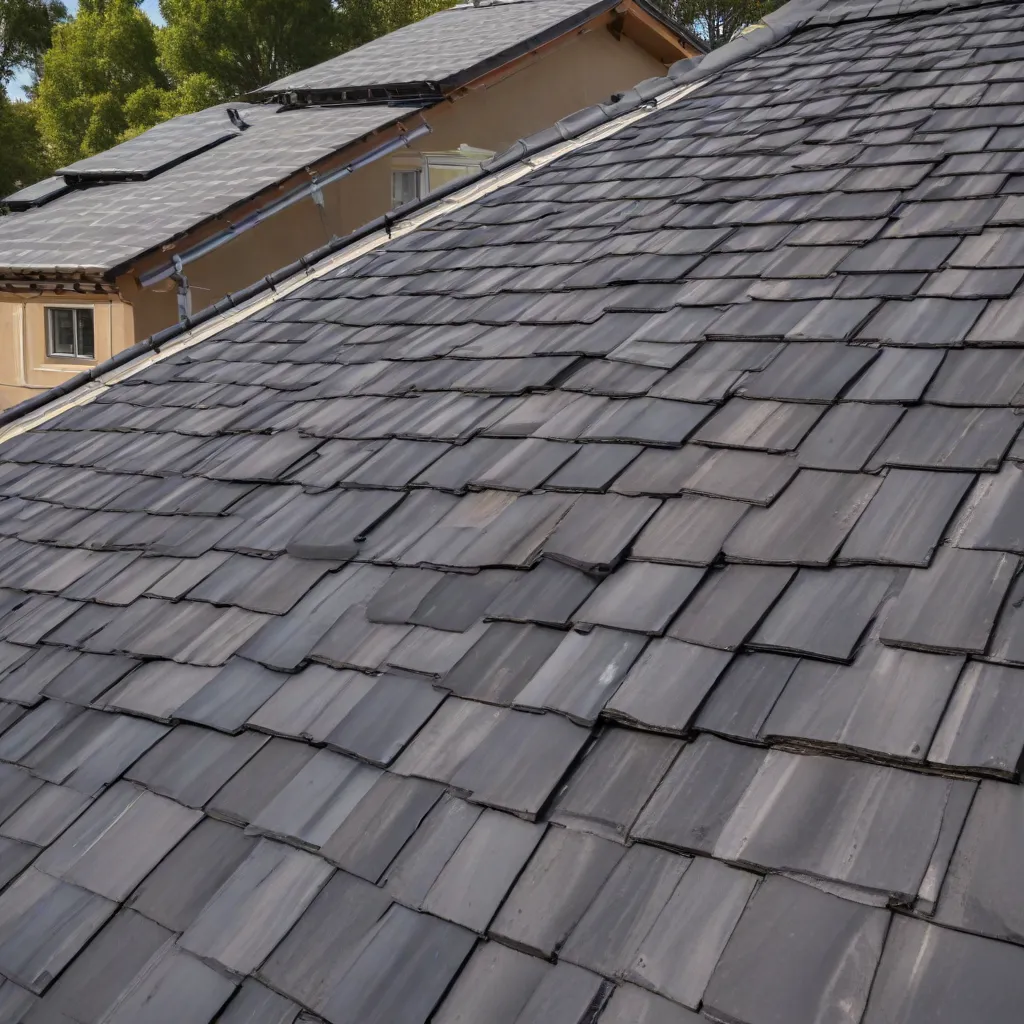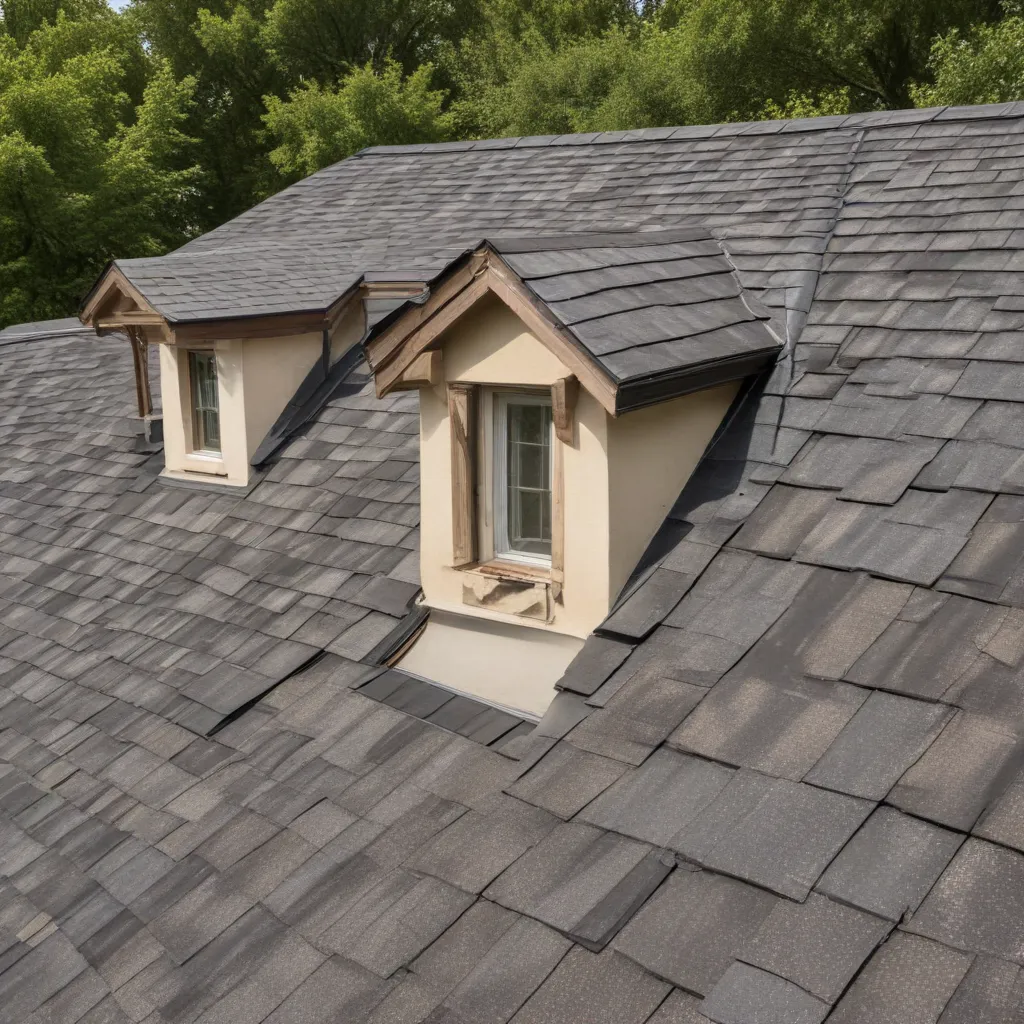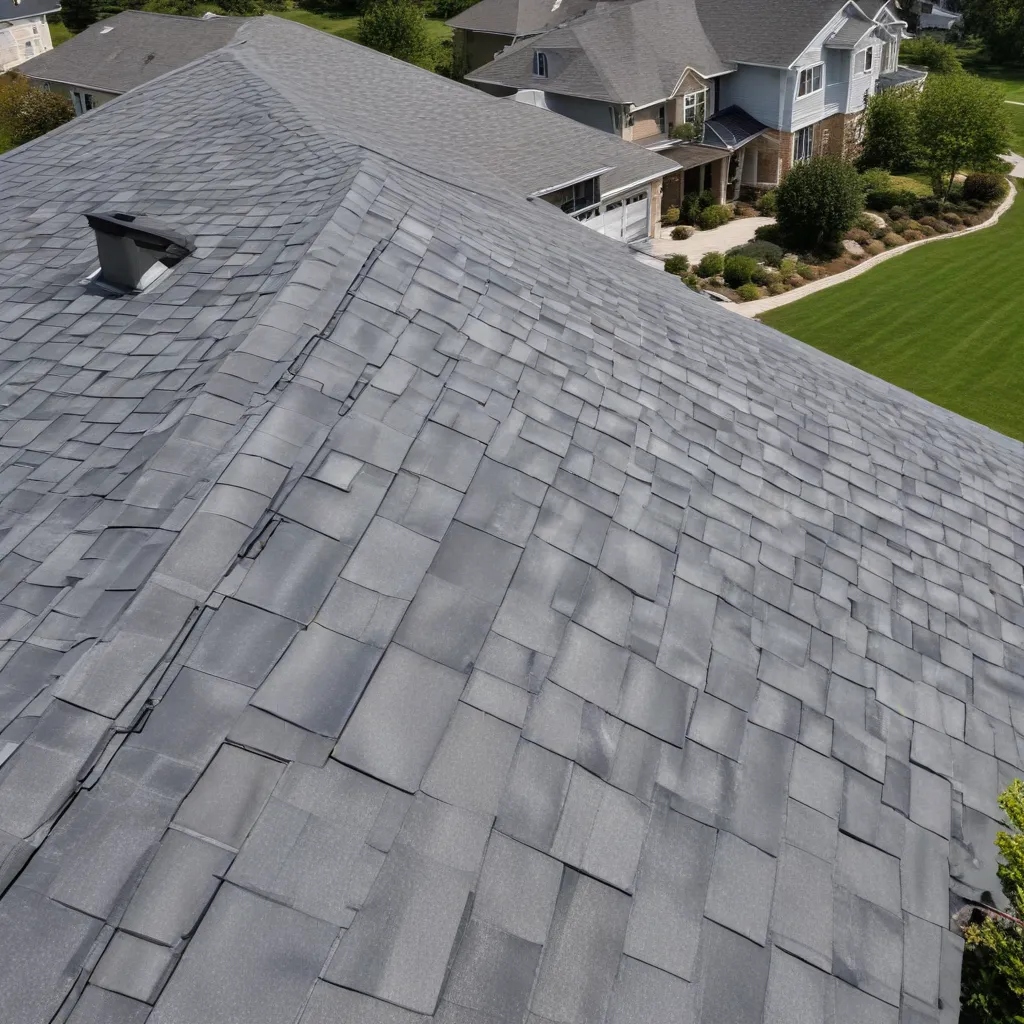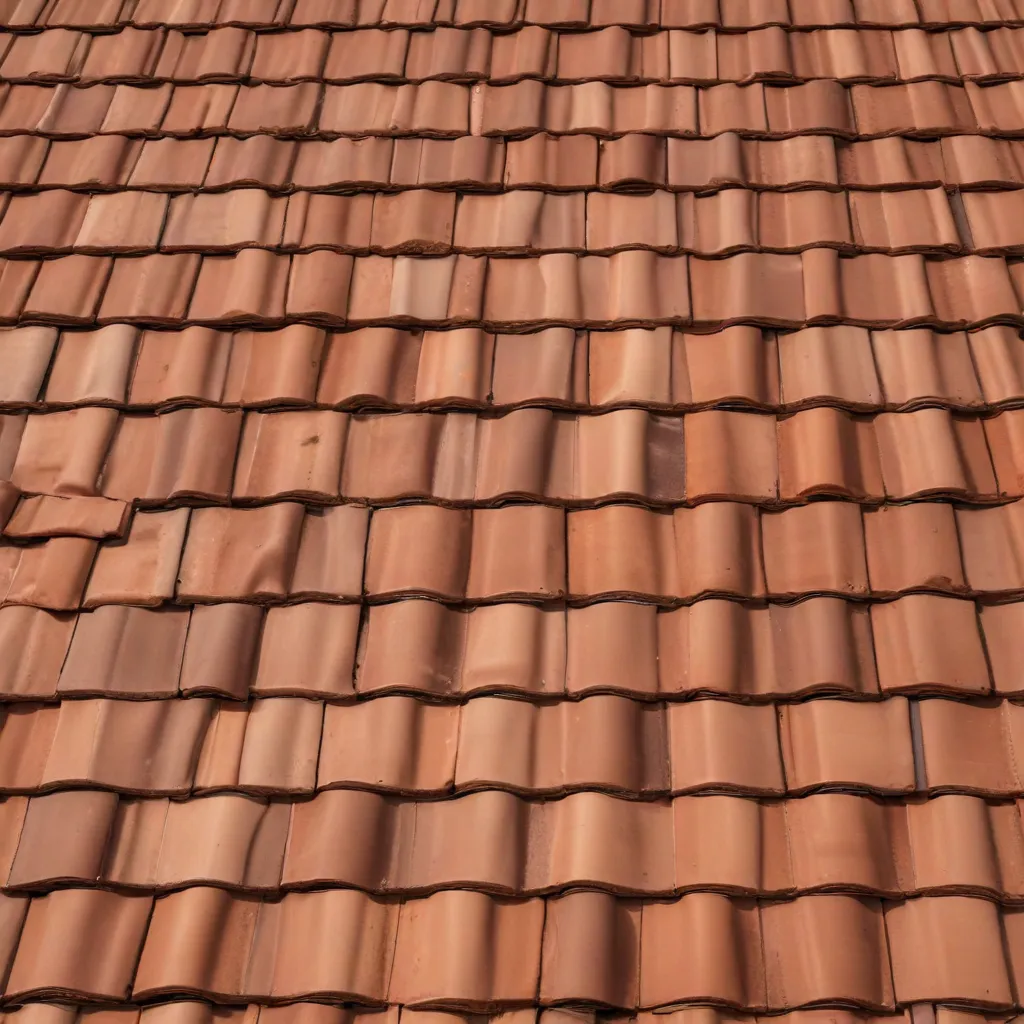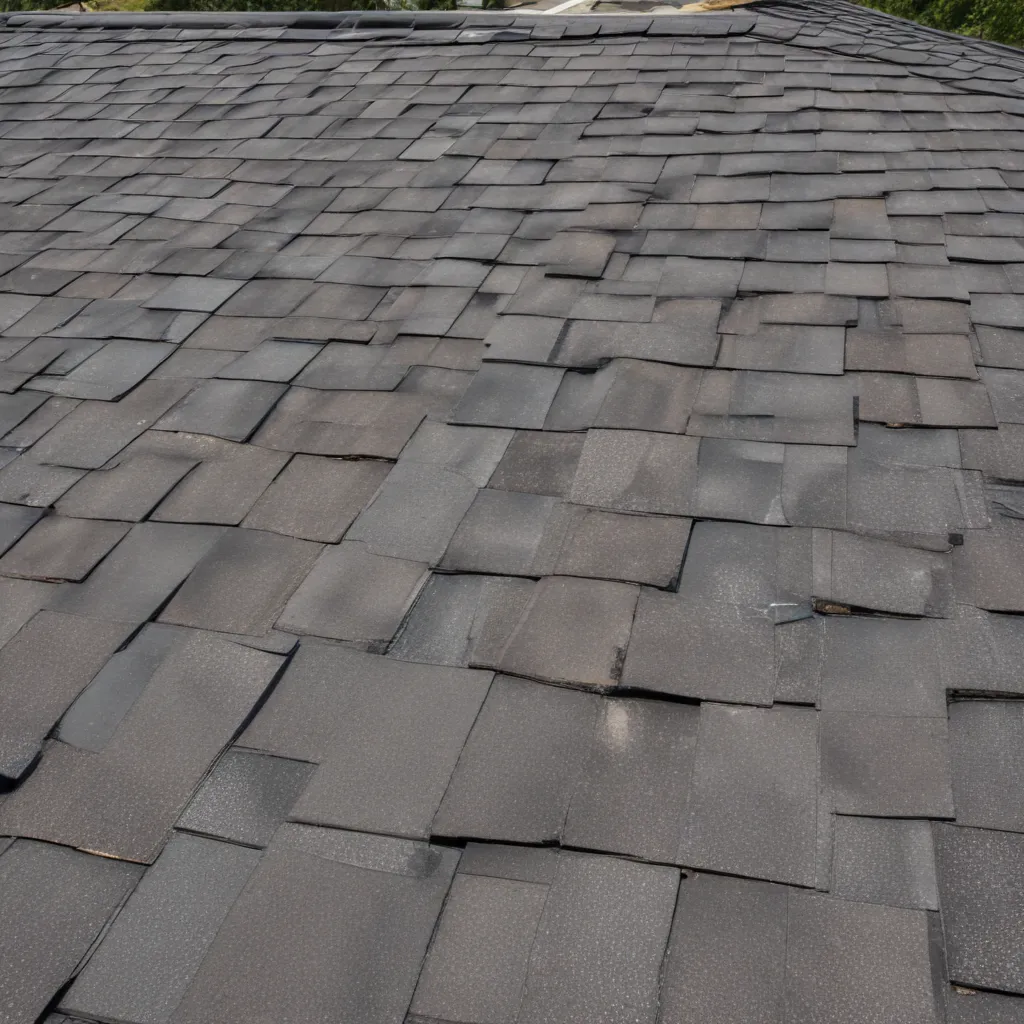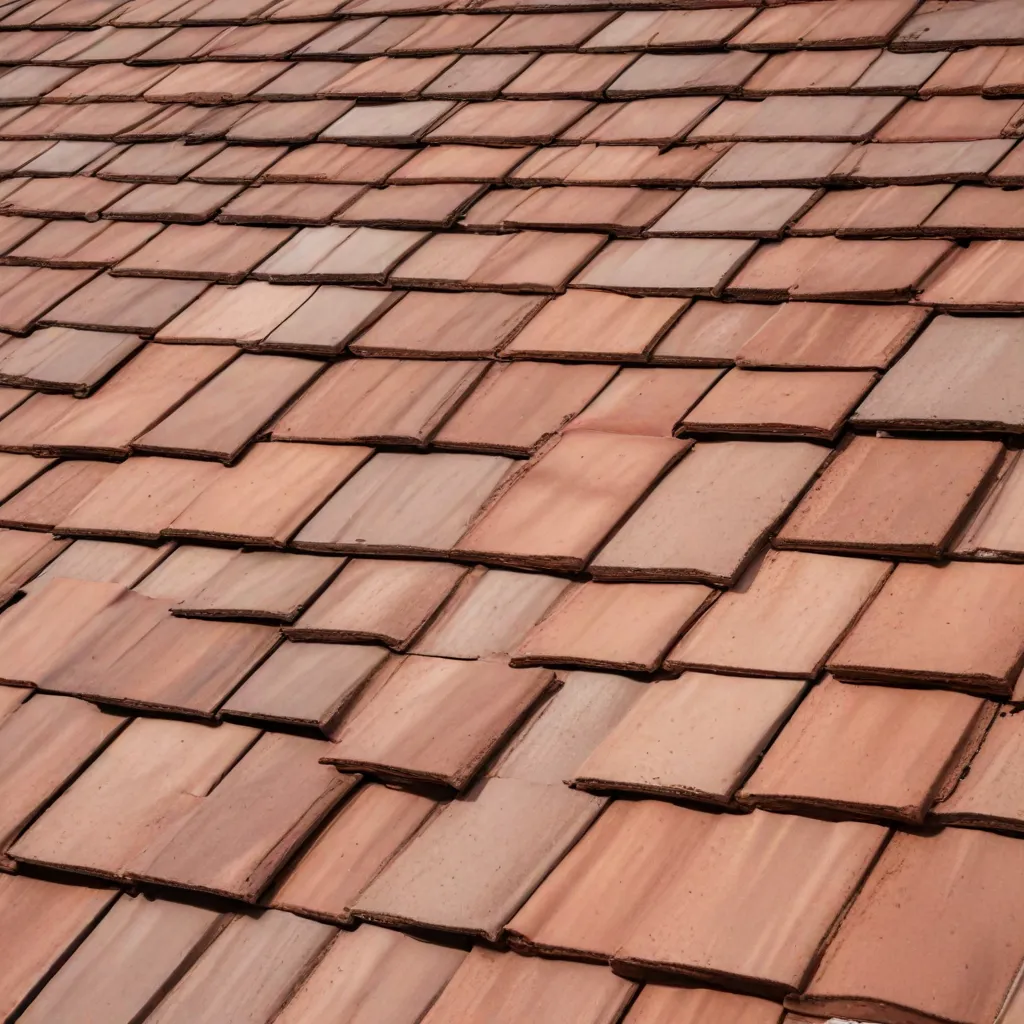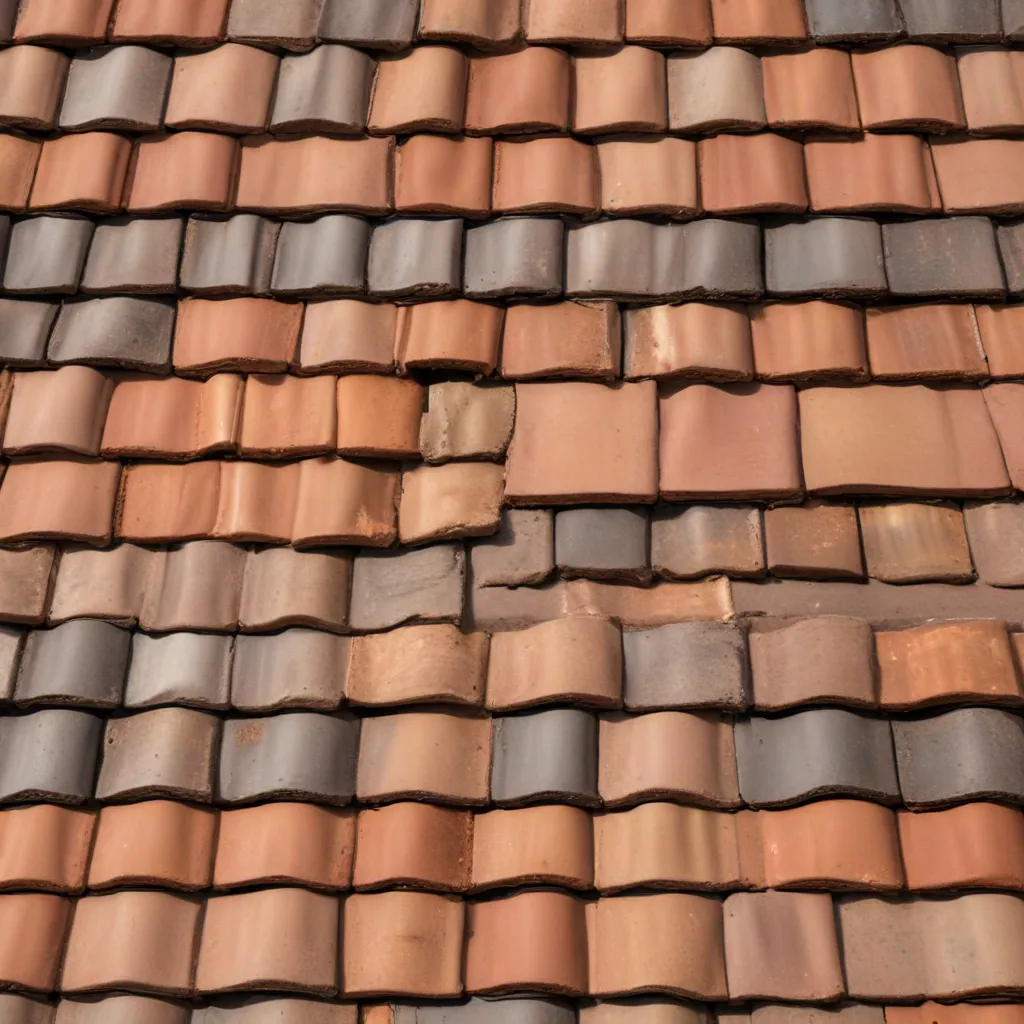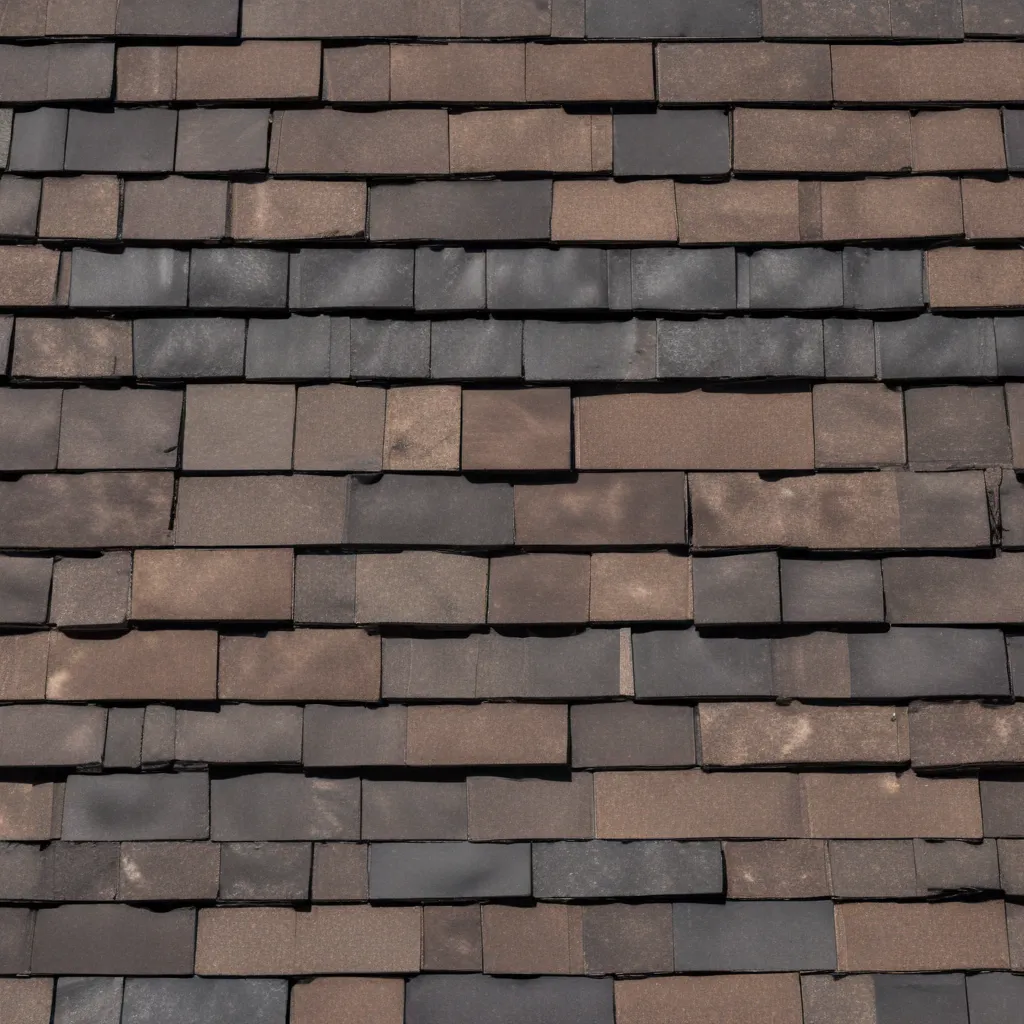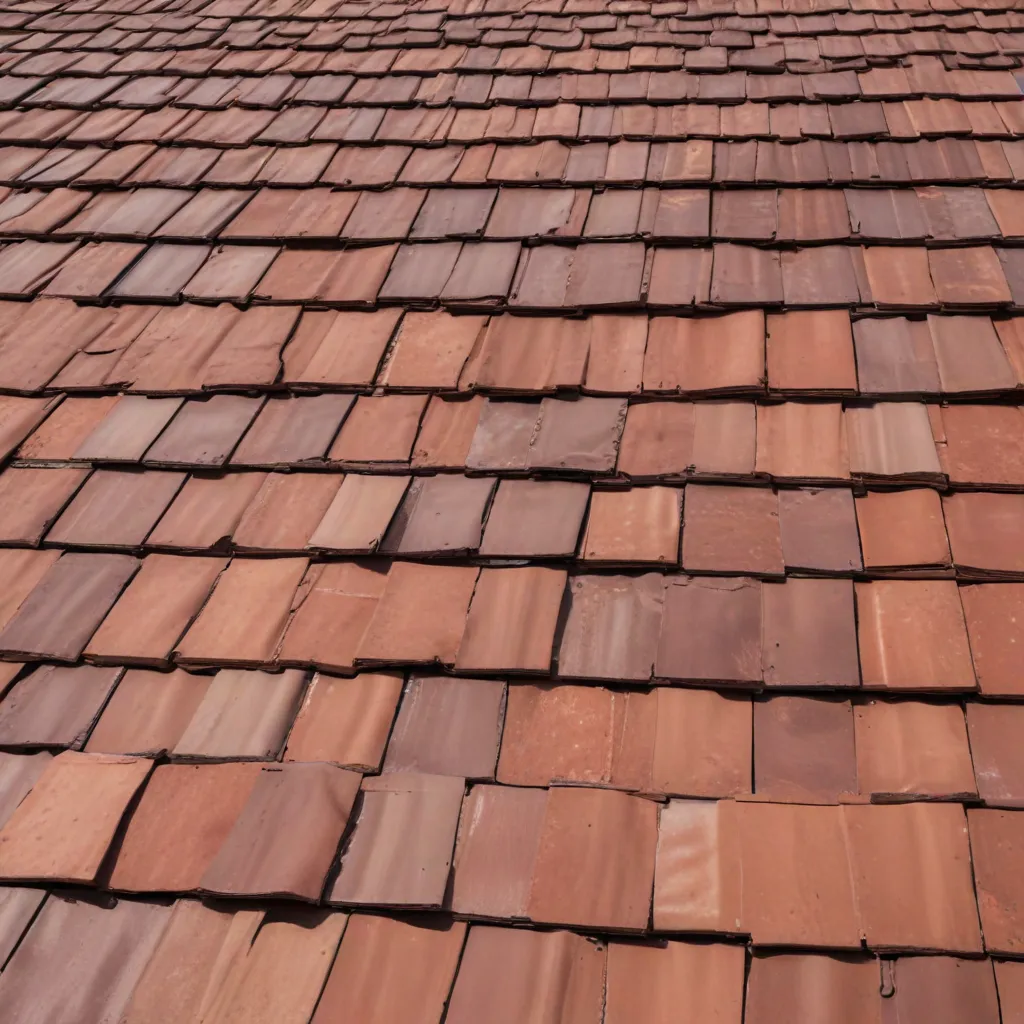When it comes to choosing the perfect roofing material for your home, there are various factors to consider. One of the most crucial considerations is your climate. Different roofing materials perform differently depending on the climate they are exposed to. Understanding the climate in your area and selecting a roofing material that can withstand its challenges is essential for ensuring the longevity and durability of your roof. In this ultimate guide, we will walk you through the different roofing materials available and help you make an informed decision based on your specific climate.
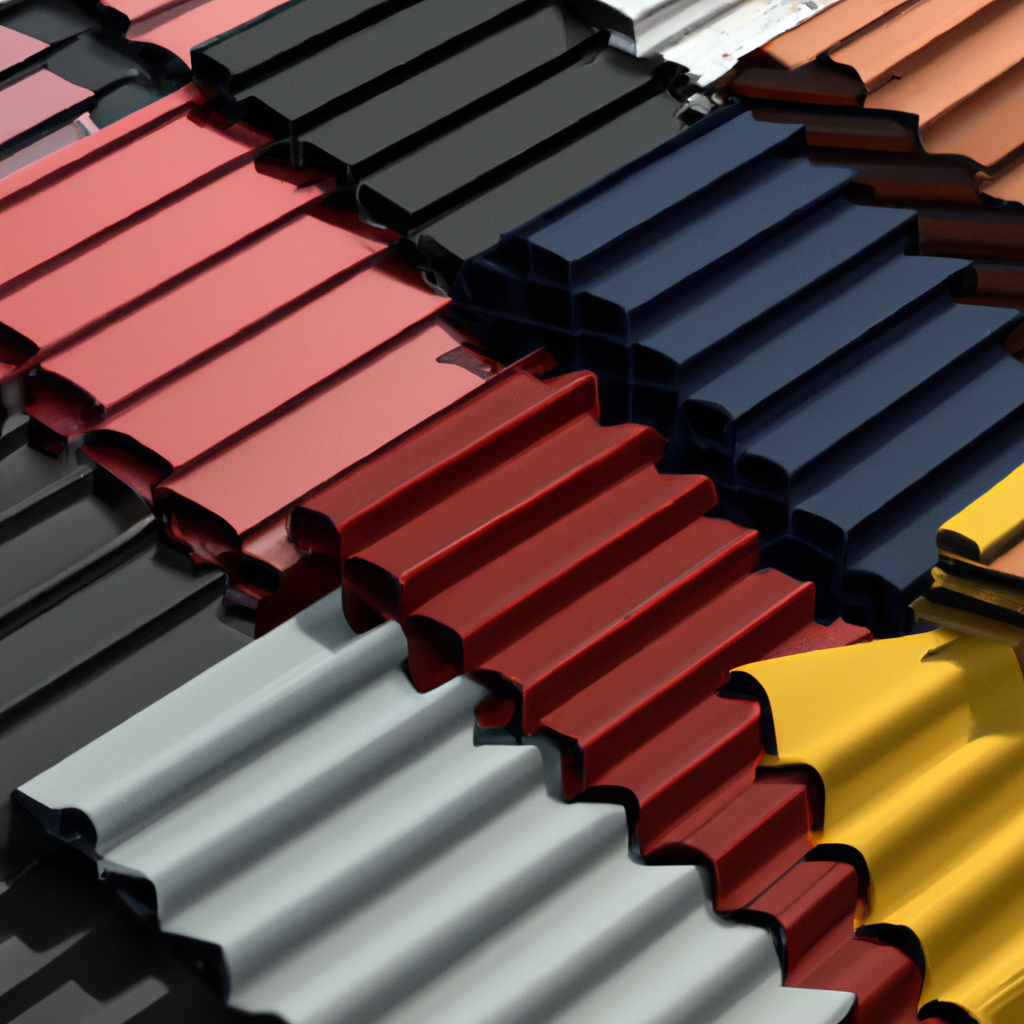
Roofing Materials for Hot Climates
Metal Roofing
Metal roofing has gained popularity in hot climates due to its excellent heat resistance and durability. It reflects a significant amount of solar radiation, keeping your home cooler and reducing the strain on your cooling systems. Metal roofs are also known for their ability to withstand high winds and resist fire, making them an excellent choice for areas prone to hurricanes and wildfires.
Clay Tile Roofing
Clay tile roofing is a classic choice for hot climates. The natural properties of clay help in keeping the interior of your home cool by absorbing and dissipating heat. Clay tiles are also resistant to fire and can withstand high winds. However, it’s important to note that clay tiles are heavy, and proper structural support is necessary.
Concrete Tile Roofing
Similar to clay tiles, concrete tiles also offer excellent heat resistance and durability. They have the advantage of being less expensive than clay tiles and are available in a wide range of colors and styles. Concrete tiles are known for their longevity and can withstand harsh weather conditions commonly found in hot climates.
Roofing Materials for Cold Climates
Asphalt Shingles
Asphalt shingles are a popular choice for cold climates due to their affordability and effectiveness in dealing with snow and ice. They provide good thermal insulation and can withstand freeze-thaw cycles without significant damage. Asphalt shingles are also relatively easy to install and maintain, making them a practical option for homeowners in cold regions.
Slate Roofing
Slate roofing is known for its beauty, longevity, and excellent cold weather performance. It can withstand freezing temperatures without cracking or deteriorating. Slate is a natural stone material that offers superior durability and fire resistance. However, it’s important to note that slate roofing can be heavy, and proper structural support is required.
Wood Shake Roofing
Wood shake roofing provides natural insulation and an aesthetic appeal that complements many architectural styles. In cold climates, wood shake roofs help retain heat and provide a cozy atmosphere inside the home. However, they require regular maintenance and are susceptible to rot and insect damage if not properly cared for.
Roofing Materials for Humid Climates
Clay Tile Roofing
Clay tile roofing is not only suitable for hot climates but also works well in humid regions. The porous nature of clay allows it to absorb moisture, preventing it from penetrating into the interior of your home. Clay tiles also provide good ventilation, which helps in reducing humidity levels and preventing mold and mildew growth.
Metal Roofing
Metal roofing is another excellent option for humid climates due to its resistance to moisture damage. It prevents water from seeping into your home and helps maintain a dry and comfortable environment. Additionally, metal roofs are highly durable and resistant to corrosion, making them a practical choice for areas with high humidity levels.
Synthetic Roofing
Synthetic roofing materials, such as polymer-based shingles, are gaining popularity in humid climates. These materials are designed to mimic the look of traditional roofing materials like slate or wood shake but offer superior durability and resistance to moisture. Synthetic roofing is also lightweight and easy to install, reducing the strain on your home’s structure.
Conclusion
Choosing the perfect roofing material for your climate is crucial for ensuring the longevity and performance of your roof. By considering the specific challenges posed by your climate, such as extreme heat, cold temperatures, or high humidity, you can make an informed decision that will protect your home for years to come. Whether you live in a hot, cold, or humid climate, there are roofing materials available that can withstand the unique challenges of your environment. Consult with a professional roofer to assess your specific needs and select the best roofing material that suits your climate, budget, and aesthetic preferences.

